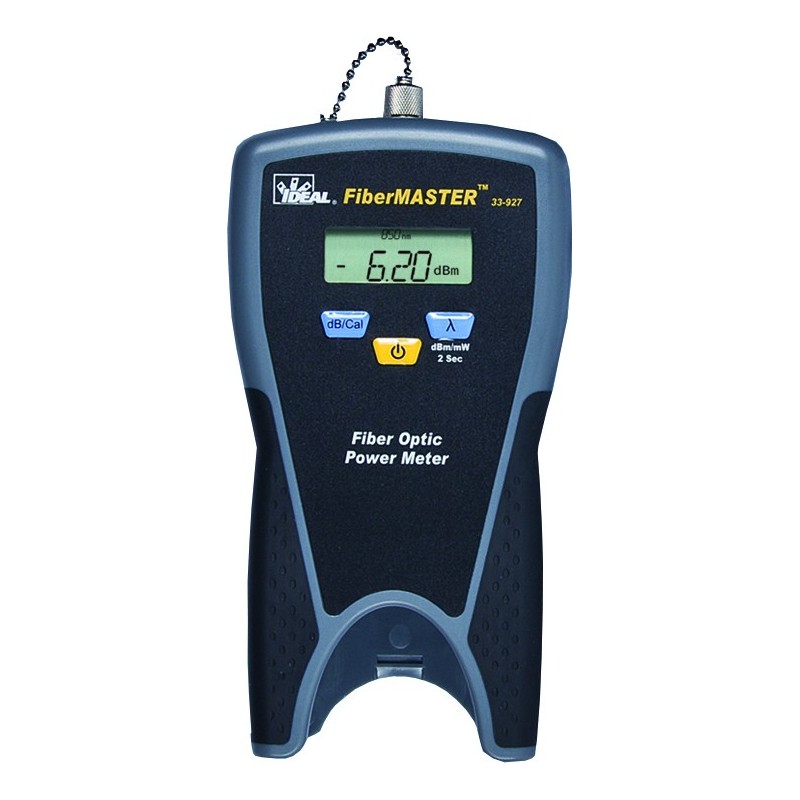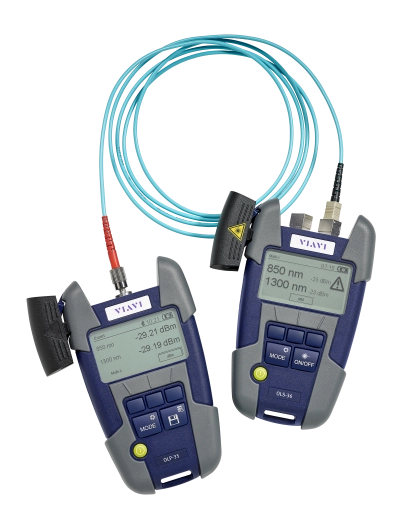How robotic vision enhances quality standards in manufacturing
Understanding How an Optical Measurement System Boosts Precision in Industrial Applications
Optical measurement systems play an essential function in boosting accuracy across various commercial applications. By leveraging advanced innovations such as laser interferometry and 3D imaging sensing units, these systems use high-resolution, non-contact measurements. This capacity minimizes the risk of damaging sensitive elements while making sure accuracy. However, the impact of these systems expands beyond simple measurements. Discovering their advantages, applications, and future fads exposes a complicated landscape of advancement and challenges that merits better evaluation.
The Essentials of Optical Measurement Systems
Optical measurement systems function as crucial tools in numerous commercial applications, providing precise information collection and evaluation. These systems use light as a key ways of measurement, leveraging optical principles to evaluate dimensions, positions, and surface area attributes of things. They incorporate parts such as lasers, video cameras, and sensors, which collaborate to record high-resolution images and data.
The technology allows non-contact measurements, reducing the risk of damaging delicate components. Optical measurement systems are flexible, locating utility in high quality control, assembly confirmation, and dimensional evaluation throughout various sectors. They are especially effective in environments where standard measurement techniques might fail, such as gauging complicated geometries or observing rapid motions.
As markets continue to evolve, the integration of optical measurement systems will certainly remain essential for making sure precision and performance, ultimately enhancing product high quality and operational productivity in numerous making procedures.
Secret Technologies Behind Optical Measurement
Secret modern technologies such as laser interferometry techniques and 3D imaging sensors play an important role in the efficiency of optical measurement systems (optical measurement system). These innovations make it possible for precise dimensions and comprehensive evaluation in different industrial applications. Comprehending their performances is essential for using the complete capacity of optical measurement systems
Laser Interferometry Techniques
Many laser interferometry methods have changed the area of optical measurement, offering extraordinary precision and precision in various industrial applications. These techniques make use of the interference of systematic light waves to gauge range, variation, and surface irregularities with nanometer-level precision. Typical methods consist of Michelson interferometry, which splits a beam and analyzes phase changes, and Fabry-Pérot interferometry, recognized for its high resolution in measuring tiny adjustments. Furthermore, laser Doppler interferometry employs frequency changes to assess speed, making it indispensable in dynamic dimensions. The adaptability of these strategies enables their integration into diverse manufacturing procedures, boosting quality assurance and making certain adherence to rigorous tolerances. Therefore, laser interferometry remains to play a vital function ahead of time industrial measurement criteria.
3D Imaging Sensors
Innovations in measurement technology have actually led to the advancement of 3D imaging sensing units, which play a significant duty in optical measurement systems. These sensors record three-dimensional data with various strategies such as triangulation, time-of-flight, and structured light. By precisely reconstructing the shape and dimensions of objects, 3D imaging sensing units boost the accuracy of measurements in industrial applications. They offer real-time responses, promoting quality assurance and ensuring that components meet rigorous specs. In addition, their capacity to operate in tough environments, such as varying illumination conditions, makes them vital in making processes. As markets progressively adopt automation, the assimilation of 3D imaging sensors into optical measurement systems is anticipated to drive further improvements in performance and accuracy.
Benefits of Optical Measurement in Market
Although traditional measurement approaches have actually long been the standard in commercial settings, optical measurement systems supply substantial advantages that improve accuracy and effectiveness. These systems use light to catch data, causing high-resolution dimensions that are typically unattainable with standard methods. The non-contact nature of optical dimensions lowers the danger of damaging sensitive parts during the analysis procedure. Furthermore, the rate of optical measurements enables for quick data acquisition, helping with timely decision-making in fast-paced commercial atmospheres.
Optical systems are adaptable, capable of determining various materials and shapes without the demand for considerable recalibration. This convenience contributes to enhanced process and productivity. Moreover, the automation potential of optical measurement systems minimizes human error, ensuring regular high quality control. On the whole, the integration of optical measurement innovation stands for a progressive shift towards improved accuracy and reliability in commercial procedures, eventually bring about boosted product top quality and functional performance.
Applications of Optical Measurement Systems

Optical measurement systems play a crucial function in redirected here boosting manufacturing procedure optimization by offering specific information for decision-making. These systems guarantee quality assurance guarantee through real-time tracking and analysis of manufacturing metrics. As sectors increasingly adopt these modern technologies, their influence on effectiveness and item integrity becomes obvious.
Manufacturing Refine Optimization
Enhancing manufacturing process performance is increasingly reliant on the integration of optical measurement systems. These systems offer real-time information on different parameters, permitting producers to analyze processes with a high level of accuracy. By allowing precise dimensions of measurements, surface features, and product homes, optical measurement systems facilitate the identification of ineffectiveness and bottlenecks in assembly line. The instant responses from these systems equips designers to make educated decisions, resulting in maximized machining, setting up, and finishing processes. The capacity to keep an eye on problems continually enables for flexible modifications, minimizing downtime and waste. As sectors goal for higher productivity and decreased functional prices, optical measurement systems arise as vital devices for improving manufacturing procedure optimization.

Top Quality Control Assurance
The integration of optical measurement systems substantially effects high quality control guarantee in commercial setups. These systems offer precise and non-destructive measurements, enabling manufacturers to identify issues and deviations early in the production procedure. By making use of innovative imaging strategies, such as laser triangulation and interferometry, optical measurement systems assure that elements fulfill stringent specs. This assists in real-time surveillance, decreasing waste and reducing the risk of defective products getting to the marketplace. Furthermore, the information collected can be examined to refine manufacturing procedures even more, resulting in continual enhancement. Inevitably, the fostering of optical measurement systems enhances integrity and consistency in top quality control, promoting higher confidence among stakeholders and consumers alike in the end products provided.
Case Researches: Successful Executions
Countless industries have actually successfully integrated optical measurement systems to boost their operational effectiveness and item high quality. In the automobile sector, a prominent supplier adopted a laser triangulation system to monitor the placement of car components. This application substantially lowered setting up mistakes, resulting in boosted safety and security and lowered costs.
In the aerospace industry, a leading airplane maker utilized optical width for precision measurements of wind turbine blades, attaining a decrease in producing tolerances and better performance requirements.
Similarly, a customer electronic devices company carried out optical measurement technology during the production of smart device displays, resulting in improved quality assurance and a decline in defective items.
These instance research studies show how optical measurement systems not just enhance accuracy but likewise contribute to general functional effectiveness, demonstrating their worth throughout various markets. By resolving specific needs, these systems have actually shown to be crucial devices in modern commercial applications.
Difficulties and Limitations of Optical Measurement
While optical measurement systems use considerable benefits in different industrial applications, they are not without their difficulties and constraints. One major issue is sensitivity to ecological problems, such as temperature level fluctuations, moisture, and dirt, which can adversely affect measurement accuracy. In addition, optical systems often require accurate alignment and calibration, making them prone to human error throughout setup and procedure. One more limitation is the possibility for interference from ambient light, which can distort dimensions and require complicated filtering techniques. Certain materials and surfaces may present difficulties, as reflective or clear attributes can lead to irregular analyses. The cost of high-quality optical components and systems can likewise be a barrier for some sectors, limiting prevalent fostering. Specialized training is often required for personnel to efficiently operate and preserve these systems, adding to the total complexity and functional obstacles.
Future Fads in Optical Measurement Modern Technology
As developments in technology remain to shape commercial procedures, the future of optical measurement systems is positioned for considerable advancement. Emerging patterns indicate a change towards enhanced combination of synthetic knowledge and maker learning, enabling systems to examine data in real-time, recognize patterns, and improve decision-making processes. Furthermore, the advancement useful source of miniaturized sensing units and advanced optics is anticipated to result in more portable and functional measurement options, making them available for a broader series of applications.
Furthermore, the unification of 3D imaging and high-resolution capacities will certainly permit unmatched accuracy in dimensions, which is crucial for sectors such as aerospace and automobile. The promote automation and Industry 4.0 will additionally drive the need for optical measurement systems that can easily interface with various other modern technologies. As these trends unravel, optical measurement systems will likely come to be important to accomplishing greater effectiveness and accuracy throughout various commercial fields.

Frequently Asked Concerns
Just How Do Optical Measurement Systems Contrast to Traditional Measurement Approaches?
Optical measurement systems offer next higher precision and rate contrasted to traditional techniques - robotic vision. They lessen human error, enhance information collection performance, and give real-time outcomes, making them significantly preferred in numerous industrial applications for accurate measurements
What Industries Benefit one of the most From Optical Measurement Systems?
Optical measurement systems greatly benefit markets such as aerospace, automotive, and electronics. Their capacity to supply high-precision measurements improves quality assurance, decreases manufacturing mistakes, and boosts total performance, making them important in competitive production environments.
Can Optical Measurement Systems Be Custom-made for Specific Applications?
Optical measurement systems can certainly be personalized for details applications. By adjusting specifications such as wavelength, resolution, and calibration methods, markets can customize these systems to satisfy one-of-a-kind precision and precision demands effectively.
What Is the Upkeep Demand for Optical Measurement Systems?
The maintenance needs for optical measurement systems generally include regular calibration, cleaning of optical parts, and software updates. Adhering to these practices warranties accuracy, integrity, and long life of the measurement tools in different applications.
Exactly How Do Environmental Elements Affect Optical Measurement Precision?
Ecological aspects, such as temperature variations, moisture, and dust, substantially effect optical measurement accuracy. These aspects can misshape light paths and disrupt sensing unit readings, ultimately endangering the reliability and precision of dimensions in commercial settings.